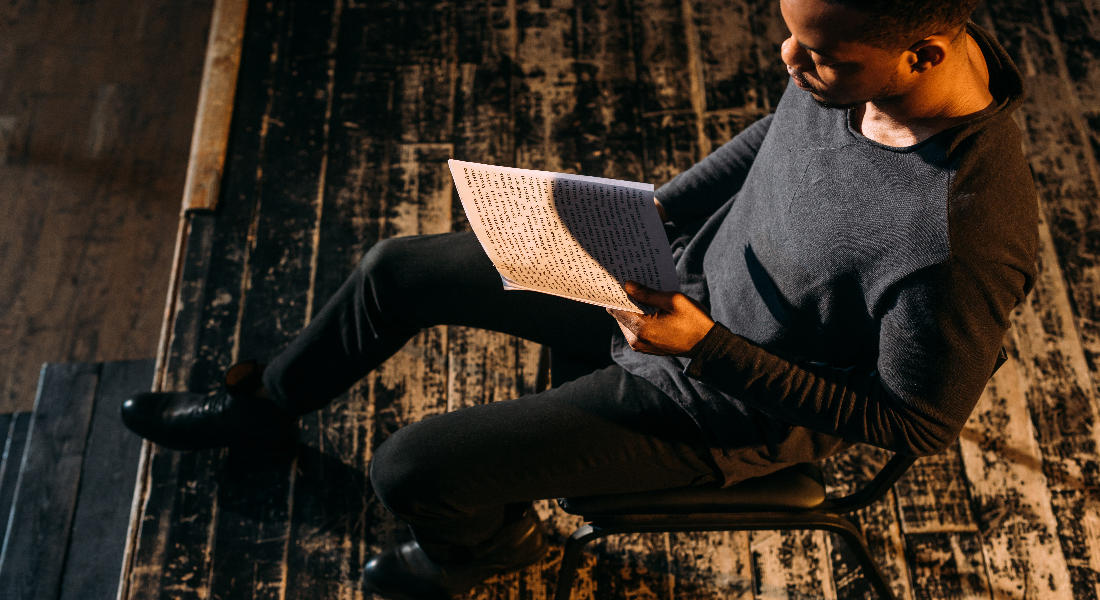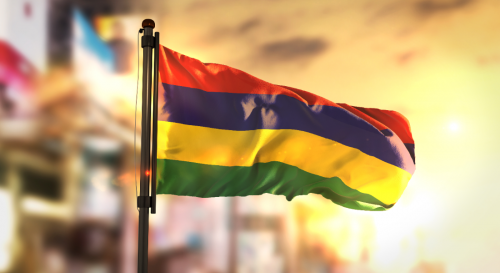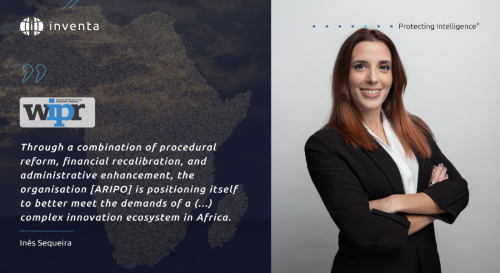
Protecting theatrical works in South Africa
Copyright refers to the rights that creators have over their literary and artistic works and protects the creators against third parties wishing to take ownership of their work to use it in a different way from the one they proposed originally without their authorisation. This protection, which is embodied in the exclusive right of economic exploitation of the holders of copyright and related rights in relation to their creations, allows the creators to be fairly rewarded for their work.
On the other hand, copyright legislation imposes limits on the exclusive rights of the authors, allowing the diffusion of their works and the development of creativity based on these intellectual expressions, which can serve as inspiration for the creation of other works, which may also be subject to protection by copyright.
The South African legislation is no different, considering that South Africa is a member of the Berne Convention of 1886 and the Rome Convention of 1961. The country’s Copyright Act of 1978 (Act no. 98 of 1978) has undergone several changes over the decades, the most recent being the Copyright Amendment Act 2002 and the Performers’ Protection Amendment Act 2002.
One of the most recent relevant documents is the Intellectual Property Laws Amendment Act 2013, which changed several laws on various IP matters related to manifestations of indigenous knowledge.
In addition, the Copyright Amendment Law of 2017 intends to introduce some changes to previous legislation and included new themes in the Copyright Act and even established the creation of the Copyright Tribunal, which will be a court of the first instance in the enforcement of copyright infringement matters. This legislation has been under consideration by the National Assembly since August 2020, and must then be transmitted to the National Council of Provinces and finally signed by the President of the country.
"(...) if the work is published or performed in public before the death of the author, the term of copyright shall continue to subsist for a period of fifty years thereafter."
The South African Copyright Act states that the literary work includes dramatic works and stage directions, clearly focusing on the textual component of both works. It is important to stress that theatrical work may be considered as a literary expression—literary work—and as a performing art, or artistic work.
As a literary expression, the theatrical work highlights the word and is part of the dramatic literary genre, in which coexists a primary or main text, that presents the speeches of one or more characters - monologues or dialogues - and a secondary text that exposes the scenic indications, that is, the characters' intentions and indications about actions, time and space.
As a performing art, the theatrical work may or may not be inspired by an earlier dramatic text. When inspired by a previous text, it still mostly relies on the creation of a script by the stage director, being the basis on which the theatrical play is composed, so it can present technical indications about the movement and the props of the characters and the composition of the scenarios, for example, as well as the dialogues and emotions of the characters, or only synthetic scene indications.
In Article 3 (2), the Copyright Act states that the term of copyright shall be, in the case of literary, musical, or artistic works, other than photographs, the life of the author and fifty years from the author’s death. But if the work is published or performed in public before the death of the author, the term of copyright shall continue to subsist for a period of fifty years thereafter.
Performing a play inspired by dramatic textual work in the theatre requires obtaining a licence from the copyright owner for the use and, most likely, for the adaptation of this text, which comes with a fair amount of legal responsibility as the onus is on the adapter to ensure due diligence in relation to their adaptation. The adaptation right gives the adapter the legal authority to change, translate or adapt the playwright’s work as per the terms and conditions outlined in the licensing agreement.
As established in Article 21 of the South African Copyright Act, the ownership of any copyright on any work shall vest in the author or, in the case of a work of joint authorship, in the co-authors of the work. In the case of theatrical literary works, the main copyright owner is the playwright, but it can also be the publisher, the author’s heirs or a third party to whom the rights have been assigned. In addition, if someone creates a work as part of their employment, copyright belongs to the employer. Employer and employee can, however, change this by mutual consent.
"According to DALRO, in a case where the source work is no longer under copyright protection, the adapter would then retain all of the IP rights for the new work".
According to the Dramatic, Artistic and Literary Rights Organisation (DALRO), a copyright licensing association, once the rights’ holders have been determined, the adapter agreement would need to be negotiated and signed by both the adapter and the rights holder or their agent.
Adapter agreements tend to be standard and would need to include certain parameters:
- The title, author and details pertaining to the source work(s) to be adapted;
- Clauses pertaining to rights’ holder approval of the adapted work once completed and prior to public performance, if desired by the rights’ holder;
- Proposed title of the new adaptation;
- The ownership and royalty division between the rights holder and the adapter in respect of use and reproduction of the newly adapted work.
The adaptation agreement may form the basis of a series of restrictions imposed by the holder of the literary work on the creative space of the director and, consequently, interfere in the ownership of the copyright of the theatre play. If there was no relevant contribution from the author of the text, the creator of the staging is solely the director, who should be regarded as the only copyright holder. In practice, however, they usually end up sharing ownership with the author of the previous text.
According to DALRO, in a case where the source work is no longer under copyright protection, the adapter would then retain all of the IP rights for the new work. The adaptation would be independent work and copyright would subsist in the adaptation separate from the inspiration work. Under current law, copyright protection in the new work would last for the duration of the adapter’s life plus fifty years and would have no bearing on when the copyright has lapsed in the previous source material.
This understanding of the law does not deal with the theatrical work.
According to most interpretations of international doctrine and legislation on the subject, it is understood that creative theatrical work is a new and independent work, and not simply derivative from a literary text. In the final analysis, the staging of an independent work, which is inspired by an earlier, copyright-protected work, can be argued in the South African courts and, in the future, in the Copyright Tribunal.
This is a co-published article, which was originally published in the World Intellectual Property Review (WIPR).
Territory List
There are no results for your search.
- Africa
- Algeria
- Angola
- Benin
- Botswana
- Burkina Faso
- Burundi
- Cameroon
- Cape Verde
- Central African Republic
- Chad
- Comoros
- Congo (Republic)
- Côte d'Ivoire
- Democratic Republic of the Congo
- Djibouti
- Egypt
- Equatorial Guinea
- Eritrea
- Eswatini (Swaziland)
- Ethiopia
- Gabon
- Gambia
- Ghana
- Guinea
- Guinea-Bissau
- Kenya
- Lesotho
- Liberia
- Libya
- Madagascar
- Malawi
- Mali
- Mauritania
- Mauritius
- Mayotte
- Morocco
- Mozambique
- Namibia
- Niger
- Nigeria
- Réunion
- Rwanda
- Sao Tome and Principe
- Senegal
- Seychelles
- Sierra Leone
- Somalia
- South Africa
- South Sudan
- Sudan
- Tanzania (mainland)
- Togo
- Tunisia
- Uganda
- Western Sahara
- Zambia
- Zanzibar
- Zimbabwe
- Africa (OAPI)
- Africa (ARIPO)
- Other
- East Timor
- Macao
- Maldives
- Portugal
- European Patent (EPO)
- European Union Trademark (EUTM)
- International Trademark (Madrid System)
- Patent Cooperation Treaty (PCT)





